An Introduction to the Hobby of Stamp Collecting
Stamp collecting has a long and international history dating back to the early days of postage stamps in the 1840s. Though its popularity has waxed and waned over the decades, this pastime known as philately continues to have many devoted enthusiasts around the world.
Stamp collecting appeals to people of all ages for a variety of reasons. There is an educational element, as stamps can teach about history, geography, arts, and culture. The process of seeking out rare and unusual stamps also satisfies the collector’s instinct. Organizing a collection is rewarding. There is a social element, with opportunities to interact with other collectors at auctions or clubs. Stamp collecting also provides relaxation, requires attention to detail, and can hold sentimental value.
For those who have ever wondered about starting a stamp collection, this beginner’s guide aims to provide the fundamentals. We will explore the supplies you need to get started, tips for identifying and acquiring valuable stamps, strategies for organizing and caring for your growing collection, and ways to connect with the vibrant community of stamp collecting enthusiasts. Let’s dive into this rewarding hobby.
Getting Started with Stamp Collecting
Once you’ve decided to dive into stamp collecting, the next step is gathering the basic supplies and fundamentals needed to start your collection. Here are some key tools and starter tips:
- Stamp albums or stockbooks – These provide organized spaces to mount and display your stamps. Beginners may want a pre-filled album with starter stamps or a blank album with room to grow.
- Stamp tongs – These metallic tweezer-like tools allow you to safely handle stamps without touching the face. Look for rounded edges that won’t damage stamps.
- Magnifying glass – A magnifier helps inspect stamp details and condition. LED illuminated options are useful.
- Stamp catalog – Catalogs like the Scott Standard Postage Stamp Catalog provide identifications and value estimates.
- Hinges or mounts – To affix stamps in albums, stamps hinges or safer modern mounts are essential.
- Starter stamp kits – Many dealers offer all-in-one kits with albums, stamps, tools, and reference materials tailored for beginners.
As you become oriented with the different stamp types and denominations, consider starting a straightforward country collection of used and mint stamps from your home nation or ancestry. Have fun learning and expanding your new hobby.
Identifying Valuable Stamps for Your Collection
As a beginning stamp collector, knowing how to identify potentially valuable or rare stamps is an important skill. Here are some tips on spotting stamps that may be worth collecting and preserving:
- Condition – The quality and condition of a stamp greatly impacts value. Look for stamps in “fine” condition or better, without tears, stains, or other defects.
- Rarity – Stamps with low print runs or editions tend to be more desirable. Research production quantities using catalog reference numbers.
- Demand – Popular stamps depicting famous people, events, art subjects gain value from high collector demand.
- Age – Older vintage stamps from the 19th to early 20th century warrant inspection for significance.
- Errors/Oddities – Faulty prints, perforation issues, and oddities like miscolored or missing elements attract collector interest.
- Cancellations – Minimal postmark cancellation, neat hand/machine cancels, special events can increase appeal.
- Authenticity – Be wary of counterfeit stamps. Verify using expert dealers, blacklight, watermark checks.
Consulting stamp catalogs, dealers, collectors, and online forums can help accurately identify and value stamps for your burgeoning collection. Handle stamps with care as you inspect them.
Building and Expanding Your Stamp Collection
Once you have your starter supplies and have begun identifying and organizing your stamps, there are several strategies to continue growing your burgeoning collection:
- Buy new stamp releases – As postal services issue new stamps, acquire them through dealers or directly from the post office.
- Purchase starter packs – Many online retailers offer pre-packed sets of stamps around a theme or country to expand your collection.
- Attend local stamp shows – These club-run stamp shows provide opportunities to browse and buy from multiple vendors and collectors.
- Exchange through trading – Connect with fellow collectors to trade your duplicate stamps and fill gaps.
- Join stamp clubs – Club members often trade amongst each other and share leads on stamps.
- Check thrift and antique shops – Sometimes you can uncover hidden stamp treasures at secondhand shops.
- Organize wisely – Use album pages, stockbooks, or catalogs to neatly organize your expanding collection for preservation and display.
Pursuing new stamp acquisitions through varied sources will keep growing your collection fun and satisfying as you master this new hobby. Handle and mount your stamps carefully as your album fills up.
Connecting with the Stamp Collecting Community
One of the joys of stamp collecting is getting to interact with and learn from fellow enthusiasts. As a beginner, here are some great ways to start connecting with the stamp community:
- Join a local stamp collecting club – Attend meetings to trade, converse, and learn from more experienced collectors in your area.
- Go to stamp shows and exhibitions – These events allow you to meet collectors, view rare stamps, and find new items.
- Participate in online stamp forums – Websites like Stampboards have discussions and advice from collectors worldwide.
- Follow stamp clubs/shops on social media – Many maintain Facebook pages and other accounts you can follow.
- Introduce friends and family – Share your new hobby and spark their interest in starting their own collections.
- Attend virtual events – Webinars allow you to learn from stamp experts remotely.
By engaging with the broader community, you can unlock mentorship, opportunities, and knowledge to enrich your stamp collecting journey as a beginner. Experienced collectors are often eager to welcome newcomers to the hobby.
Caring for and Preserving Your Stamp Collection
Once you’ve amassed a valuable stamp collection, proper care and storage are essential for preservation:
- Use archival quality stamp albums or stockbooks to avoid damaging paper and inks.
- Store albums in a cool, dry area away from excess light, heat, and moisture to prevent deterioration.
- Handle stamps by the edges using stamp tongs. Avoid touching the face.
- Use appropriate stamp mounts or hinges to lightly adhere stamps to album pages. Do not use tape or glue.
- Consider professional appraisal and insurance for rare, high-value collections. Document your holdings.
- Handle albums with care. Do not stack or bend them. Turn pages gently.
- Return loose stamps to albums promptly after viewing to avoid misplacement.
- Clean albums and stamps using specialist techniques if accumulated dirt or debris becomes an issue.
By caring for your cherished stamps and albums diligently, they can remain preserved for you and future collectors to appreciate.
Beyond the Basics: Advanced Stamp Collecting
Once you master the fundamentals of stamp collecting, there are many directions to explore as you advance in the hobby:
- Topical collecting involves focusing on stamps related to specific subjects like birds, artwork, sports, or history. This allows you to integrate your interests and learn about a topic.
- Country collecting entails acquiring stamps from a particular nation or group of countries that hold special meaning for you.
- First day covers are envelopes with stamps cancelled on their inaugural date, often with special designs. These appeal to many collectors.
- Cinderella stamps refers to non-postal issues like revenue, phony, or local stamps that tell interesting stories.
- Plate blocks are stamps with their production information still attached. These can be valuable and interesting.
- As your collection gains substantial value, learn about auction houses, estate planning, appraisals, and insurance to properly document and protect it.
- Joining specialist stamp collecting societies opens up opportunities to engage with like-minded advanced collectors in your specialty.
The world of stamp collecting has something for all interests and skill levels! Use your knowledge foundation to explore new directions because stamp hobby is not dead
Conclusion: Enjoy the Rewarding Journey of Stamp Collecting
We hope this beginner’s guide has provided a comprehensive introduction to gathering supplies, identifying valuable stamps, expanding your collection, connecting with fellow hobbyists, caring for your stamps, and exploring specialized collecting areas.
Stamp collecting offers an engaging lifelong hobby. Beyond just “collecting,” it opens doors to learning about history, arts, geography, and culture. As your collection and knowledge grows, you can find community with enthusiasts locally and around the globe. There is always a new stamp to discover.
As you start your stamp collecting journey, tap into the passion and knowledge of experienced collectors, dealers, and experts who are eager to welcome newcomers. Allow your interests to shape the unique direction of your budding collection. Let your albums reflect your personality and what sparks curiosity.
Most importantly, enjoy the stamps! Handling these small pieces of art and postal history can provide relaxation, adventure, and rewarding connections. We wish you a fulfilling path in the hobby of stamp collecting.

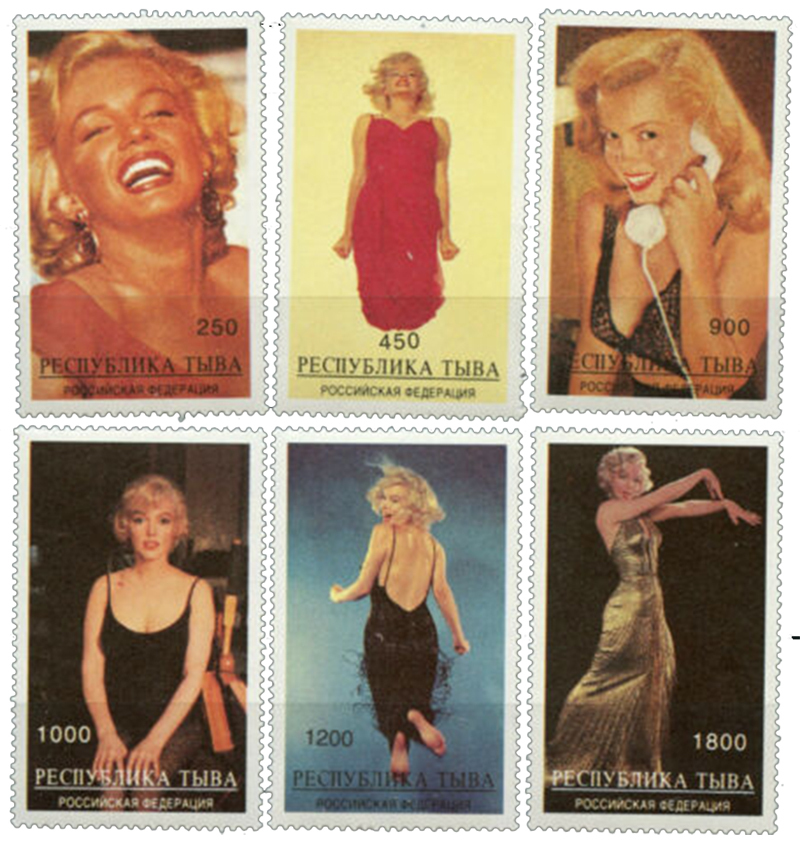
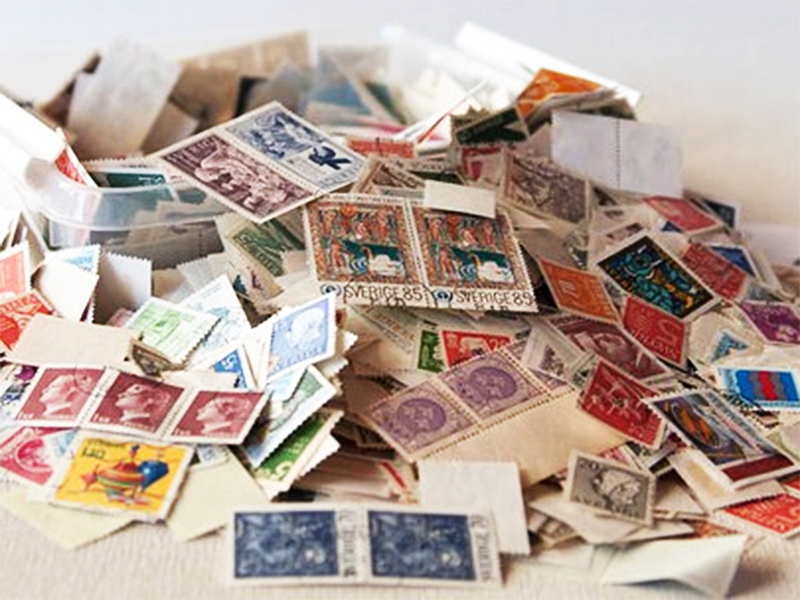
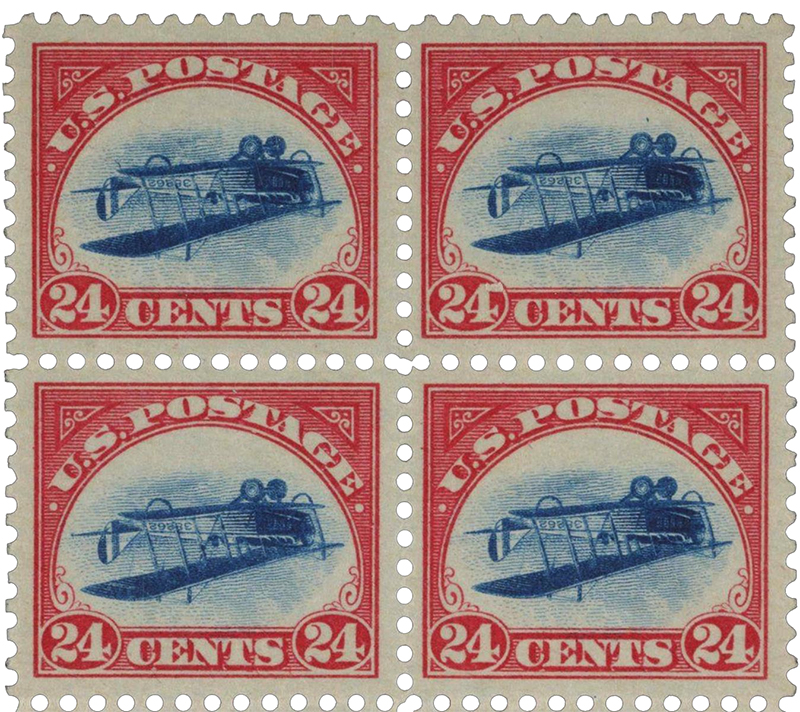
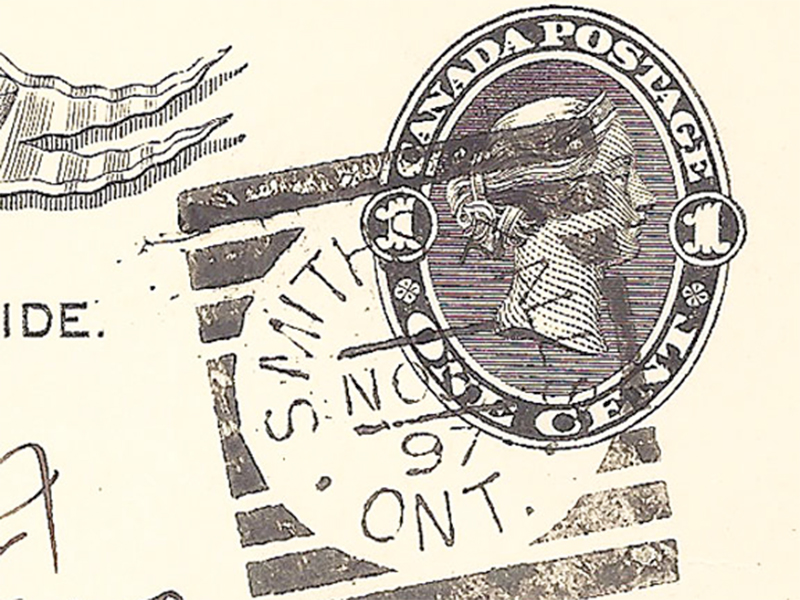
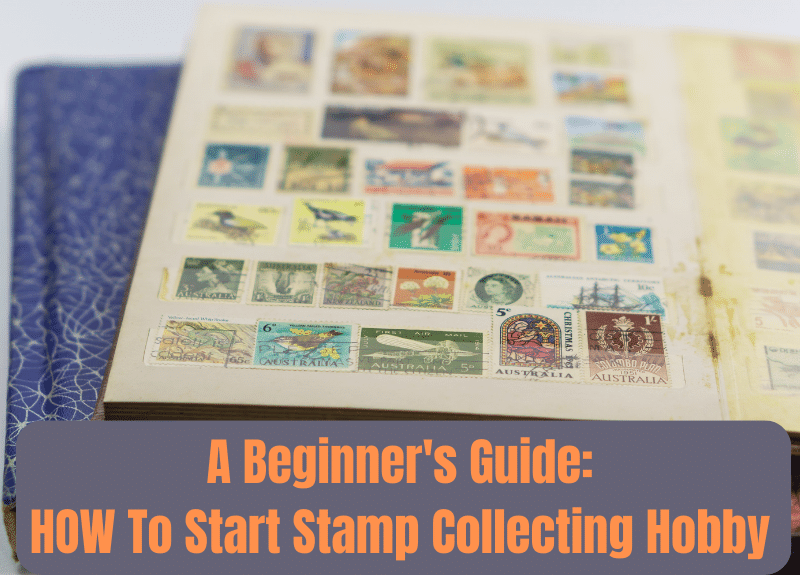
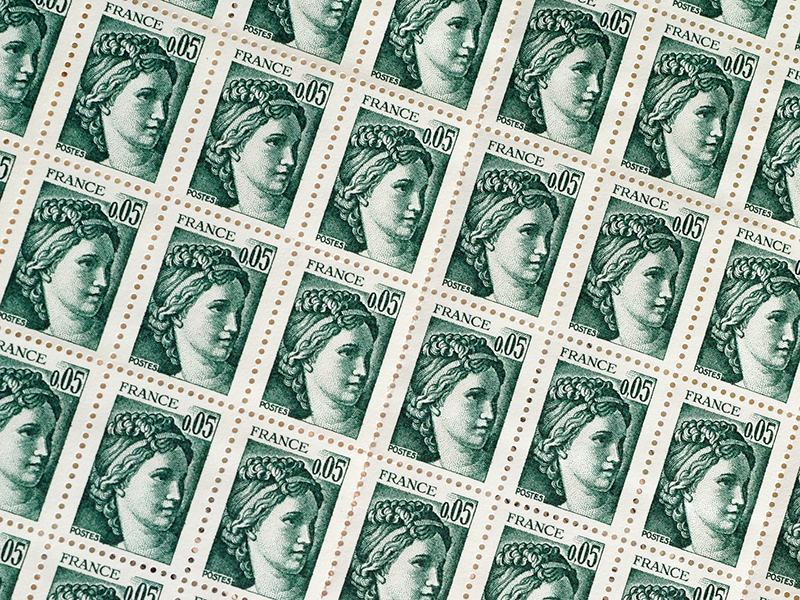



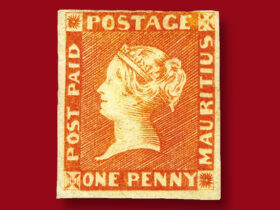
Leave a Reply